Radiation therapy technology is advancing rapidly, with new linear accelerators (linacs) entering the market while…

Why Does It Cost Money to Remove My Linear Accelerator System?
Linear accelerators are extraordinary machines that represent a true miracle of human invention. They safely generate beams of radiation that kill cancer and save human lives. And yet many of these wonderful machines, after years of use and treatment of patients, are often not worth any money.
The economics of supply and demand drive the values of these machines.
Let’s start with demand.
Over the past 10 years, in the United States, there has been a push to adopt KV imaging technology on linear accelerators. A KV imaging system is a type of x-ray system that provides clear, crisp images of the tumor(s) prior to and during the delivery of radiation to the patient.
Today, almost all new Varian and Elekta linear accelerators sold in the United States are sold with KV imaging systems. Varian machines are equipped with “On Board Imagers” or “OBI” for short. Elekta linear accelerators come equipped with “XVi” systems.
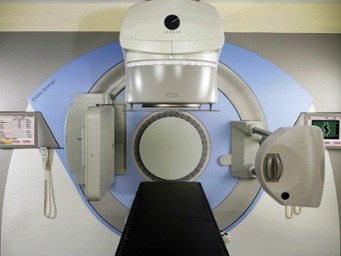
KV imaging system allow for Cone Beam CT (CBCT), Volumetric Arc Therapy (VMAT*), and Varian Medical Systems’ proprietary “Rapid Arc” technology.*
Today, very few hospitals and clinics are buying linear accelerators without KV imagers. From what we have seen, only veterinarian practices and dermatology clinics are installing systems without KV imaging.
Low demand with high supply… not a good formula if you are a seller.
The adoption of this new technology means that the older linear accelerators, without KV Imaging systems, are no longer being sought. And many of these are being replaced at record rates with newer machines like the Varian Trilogy, Varian TrueBeam, Elekta Synergy and Elekta Versa, and others that incorporate KV imaging technology.
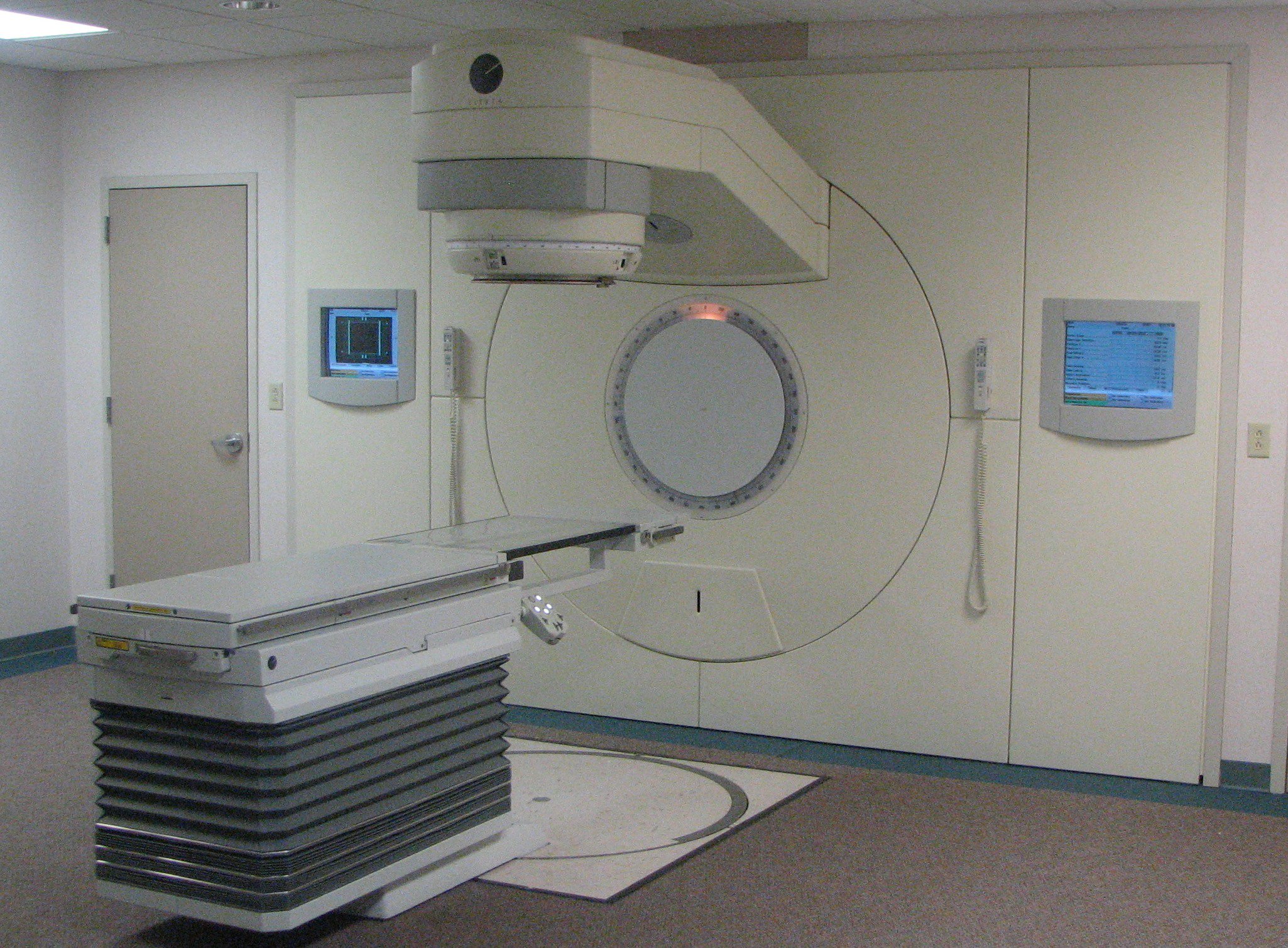
The result is that today there is a record number of older machines without KV imaging systems being removed and replaced. In other words, there is a glut of older machines hitting the market.
So when the supply is very high and the demand is very low, the value erodes to zero.
Wouldn’t low demand drive prices down and stimulate more interest in these “non-KV” linear accelerators?
Although linear accelerators without KV imaging systems are inexpensive and plentiful, lower prices are not stimulating buyers. The reason is that a linear accelerator can take a month or more of expensive, skilled labor to install, not to mention the potentially expensive parts that are often replaced during the installation of a pre-owned device. A new, Varian VEO base frame (the iron plate onto which Varian machines are supported) alone can cost $40,000. Add to that the manufacturer’s relicensing fees, and you’ll find that few clinics want to spend $100,000 to $150,000 to install a linear accelerator with technology that is not the most current.
Why can’t you upgrade a linear accelerator with a KV Imaging System?
Although in the past there have been third party providers of other linear accelerator components (such as IMRT/MLC devices and Portal Imaging systems), today there are no after-market manufacturers of KV imaging systems. As such, a KV Imaging upgrade from the manufacture (Varian or Elekta) can cost several hundred thousand dollars, often more than the value of the underlying machine. To make that sort of investment on an older machine is simply not practical.
So when a linear accelerator has lost its market value, and no one is willing to pay for it, you have to face the dreaded “removal costs”–the costs to have your linear accelerator professionally and safely dismantled, removed and disposed.
It’s important to work with reputable and professional linear accelerator specialists when removing your system. This is because some parts on linear accelerator systems weigh several thousand pounds, and failure to de-install these correctly can be catastrophic.
The machines also have to be tested for radioactivity, as some higher energy machines may require a “cool off period” before they can be safely disposed.
The linacs then have to be rigged out using a system of ropes and pulleys, and moved through the various hallways in the clinic or hospital, and out the doors, where the equipment is loaded onto a truck and carried away for disposal. In some cases, older machines with depleted uranium shielding require even more expenditures, as they require special radioactive materials handling licenses. And in some cases, the renting of cranes and the removal of vault doors can add to the costs.
The bottom line
So if your linear accelerator system has reached a “zero market value” state, and you end up being quoted a price to remove and dispose of the machine, you will know why. Average prices to remove and dispose of linear accelerators can range from $5,000 to $25,000.
*It is also possible to have VMAT and Rapid Arc systems on machines without KV Imaging devices, but this configuration is not generally seen in the U.S.

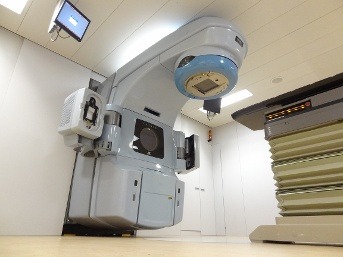
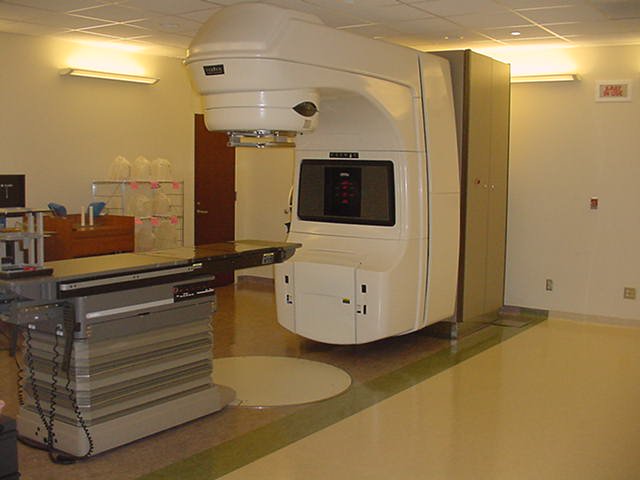
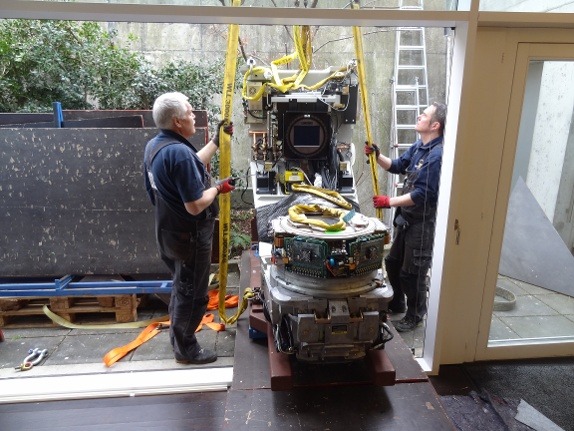



Comments (0)